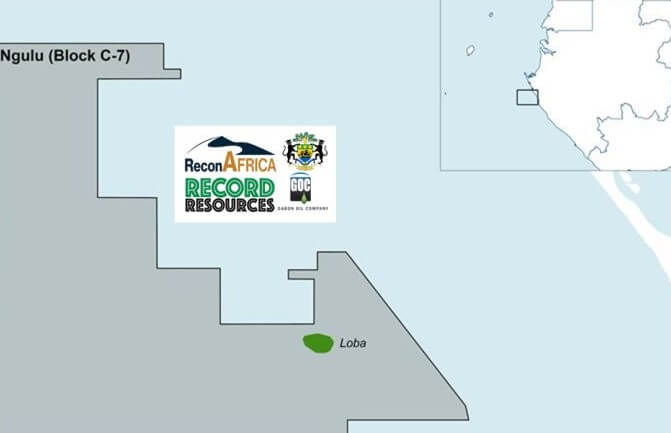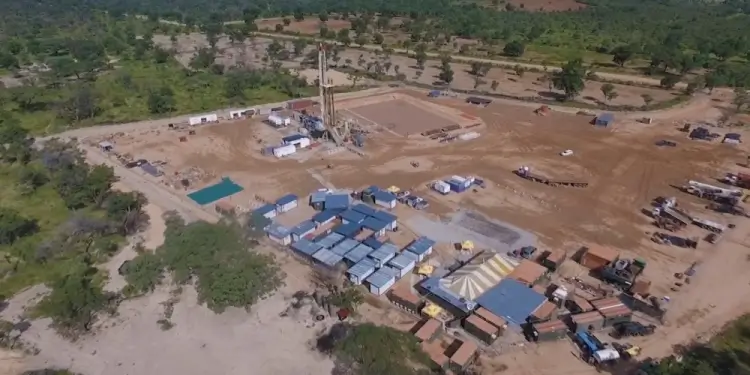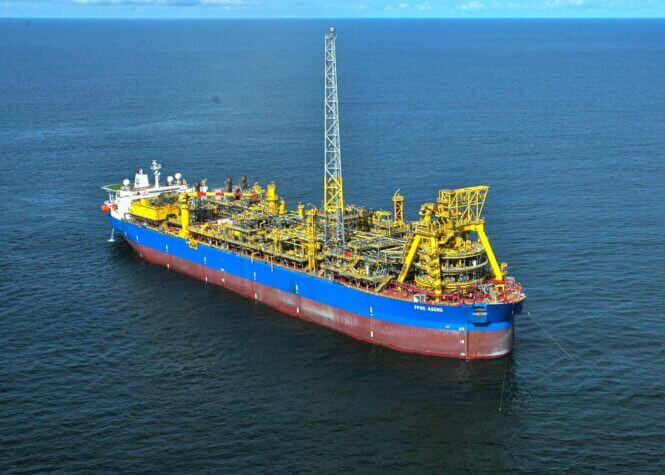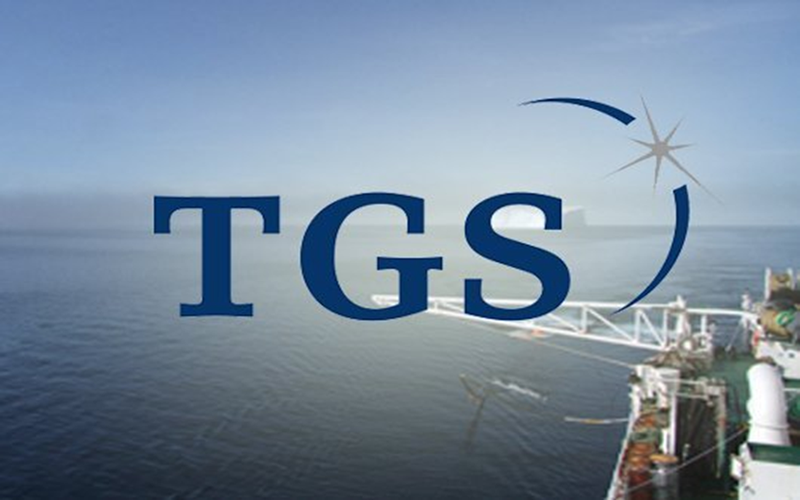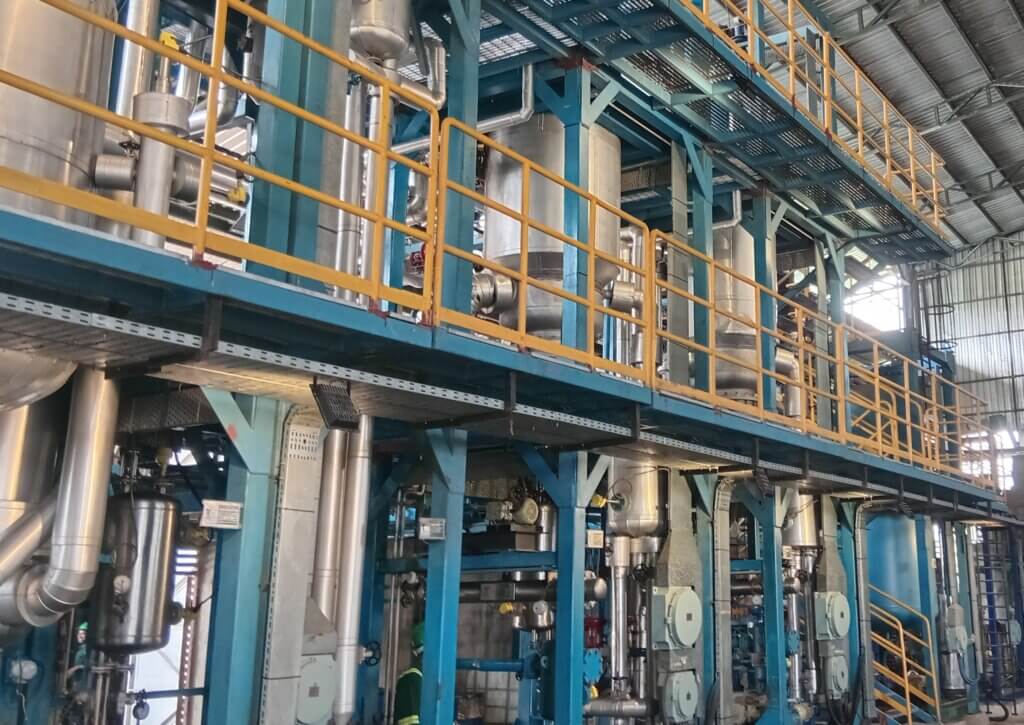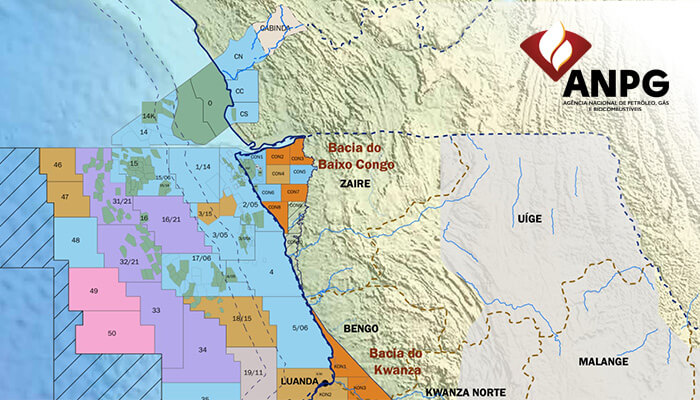
On the campaign trail last year, President Donald Trump promised steep increases in US tariffs, and in office he has been acting swiftly to make good on those pledges. Last week, he announced a broad-based package of new tariffs on US imports, in what is being seen as one of the most radical moves to reshape the world economy in decades.
The new tariffs, announced on what was billed by the administration as “Liberation Day” last Wednesday, are scheduled to take effect on 9 April.
The impacts will be complex and far-reaching. The tariff rates vary widely across countries, and there is a 37-page list of exemptions, which includes oil, gas, copper and lithium. Working out the full effects on global supply chains will take time. (See below for some of Wood Mackenzie’s initial estimates.)
But beyond the microeconomic impacts on specific sectors and companies, the macroeconomic consequences may end up being more significant. Stock markets around the world slumped after the tariff announcements, driven by concerns about the consequences for growth and profit margins. The S&P 500 index dropped 10.5% between President Trump’s statement on Wednesday and the market close on Friday.
Jerome Powell, chair of the Federal Reserve, warned in a speech on Friday that the US economy faced “a highly uncertain outlook with elevated risks of both higher unemployment and higher inflation”.
The turbulence hit energy markets, too. Brent crude ended the week at about US$66 a barrel, down 12% since Wednesday. The European gas benchmark TTF dropped 11% over the same period, while US benchmark Henry Hub dropped 5%.
Brent was trading just above US$64 a barrel on Monday morning, as world stock markets stabilised.
The situation remains volatile. Countries have already started to enter talks with US officials to negotiate lower tariff rates. Gerardo Werthein, Argentina’s foreign minister, met US commerce secretary Howard Lutnick on Thursday. Vietnam’s leader To Lam had a call with President Trump on Friday. Cambodia’s prime minister Hun Manet wrote to the president, offering to cut tariff rates from 35% to 5% for 19 categories of imports from the US.
Other US trading partners have been less conciliatory. China announced a reciprocal 34% tariff on all imports from the US, the same rate as the new tariff on US imports from China. The EU is reportedly working on targeted tariffs and regulations aimed at specific US companies and sectors, including the tech industry.
Elon Musk, a close ally of President Trump, said over the weekend that he was hopeful that the US and Europe could reach an agreement to cut the tariffs on their imports from each other to zero.
However, administration officials have played down suggestions that they are likely to agree deals quickly to roll back the tariffs. Peter Navarro, the president’s senior counselor for trade and manufacturing, said on Sunday, in response to Vietnam’s offer to cut tariffs: “This is not a negotiation. This is a national emergency based on a trade deficit that’s gotten out of control because of cheating.”
Administration officials have also argued that plunging stock markets are not a reason to abandon their strategy.
Scott Bessent, the Treasury secretary, said on Friday that the administration believed it was more important to reduce interest rates than to support share prices. “The bottom 50 [per cent] has debt. They have credit card bills. They rent their homes. They have auto loans. And we’ve got to give them some relief,” he said.
President Trump indicated over the weekend he thought the economic and market turbulence could continue for a while. “This is an economic revolution, and we will win. Hang tough,” the president posted on his Truth Social network. “It won’t be easy, but the end result will be historic.”
The Wood Mackenzie view: sector and company impacts
The breadth and depth of Wood Mackenzie’s data on energy industry supply chains make it possible to analyse the impacts of the tariffs in detail. We can identify the specific consequences for particular sectors, companies and pieces of equipment.
So far, we have looked only at the initial impacts of the tariffs. In the days to come, we will have more detailed assessments of their effects on prices.
One important conclusion from that early work is that the US power industry is one of the sectors that is most exposed to tariff impacts. The new weighted average tariff rate on electrical equipment, based on the sources of US imports, is 38%. Other high rates are faced by plastics, glass, and iron and steel products, which are all facing average tariffs of around 36-37%.
Those numbers highlight a tension in the Trump administration’s strategy. It is aiming to boost production of energy of all kinds, to support the growth of AI and to bring down costs for consumers. But the tariffs could lead to significant cost increases in the power industry supply chain. Uncertainty over tariff liabilities in complex supply chains, and over possible future changes in tariff rates, can also be a deterrent to investment.
For more details on tariff impacts as they emerge, contact your Wood Mackenzie representative. And check out our US trade policies and tariffs special page for updates on our research.
The Wood Mackenzie view: macroeconomic impacts
While the variations in tariff impacts across companies and sectors are significant, they are overshadowed by the overall consequences for the global economy.
As the Federal Reserve chairman Jerome Powell says, the effects of the administration’s strategy are highly uncertain. They will depend on the duration of the tariffs, the scale of the exemptions, the retaliation by other countries, the responses from fiscal and monetary policy, changes in consumer and investor expectations, and many other factors.
However, it is likely that the result will be some combination of slower growth and/or higher inflation, at least in the short term. The uncertainty over the outlook is in itself an important factor: anecdotally, there are already reports of companies delaying investment decisions.
Peter Martin, Wood Mackenzie’s head of economics, last year modelled a high tariff scenario, with the aim of estimating the consequences if President Trump followed through on his campaign pledges. That scenario used an additional 60% tariff rate for US imports from China, and a 10% rate for all other countries. The tariff rates the president announced last week are significantly higher than that: the new tariff rate on imports from China is 54%, and the average rate for all US imports is 25%.
In that high tariff scenario, Wood Mackenzie’s Martin projected that US GDP growth would slow from about 2.8% in 2024 to about 1.2% this year, and to zero in 2026. (See ‘Chart of the week’ below.) Global growth would slow from 2.8% in 2024 to 2.5% this year and 2% in 2026. That scenario looks similar to the course we are now on.
Slower global growth would mean weaker demand for many commodities, including oil. Wood Mackenzie analysts have already made sharp downward revisions to their forecasts for oil demand, reflecting the economic slowdown caused by the tariffs.
Last year global oil demand grew by 1.4 million barrels per day, to about 103.5 million b/d. Wood Mackenzie has set out a downside risk case of slower growth reflecting tariff impacts: a 900,000 b/d increase for 2025 and just 500,000 b/d for 2026. The result is a significantly lower equilibrium price for oil and weaker refining margins over the next two years.
The economic and political situation is evolving rapidly. If stock markets continue to slide, there will be growing pressure on the administration and Congress to change course. But as things stand, oil producers, like many other businesses, face a challenging outlook.
OPEC+ countries speed up increases in oil production
Another factor putting downward pressure on oil prices last week was the announcement by eight leading members of the OPEC+ countries that they would accelerate the pace of their production increases.
The eight countries that in 2023 committed to voluntary production cuts, including Saudi Arabia, Russia, Iraq and the United Arab Emirates, began unwinding those reductions this month. They now plan to raise their combined production in May by 411,000 b/d, triple the monthly increase that they had previously been planning.
The countries said the stronger rise in production, which may be paused or reversed depending on market conditions, would “allow the group to continue to support oil market stability”.
Wood Mackenzie analysts commented: “Strong non-OPEC growth in 2026 leaves little room for returning OPEC barrels. We assume voluntary cuts will need to be reinstated in 2026, at close to current levels.” These comments were made before last week’s tariff announcement and so are particularly pertinent now.





















